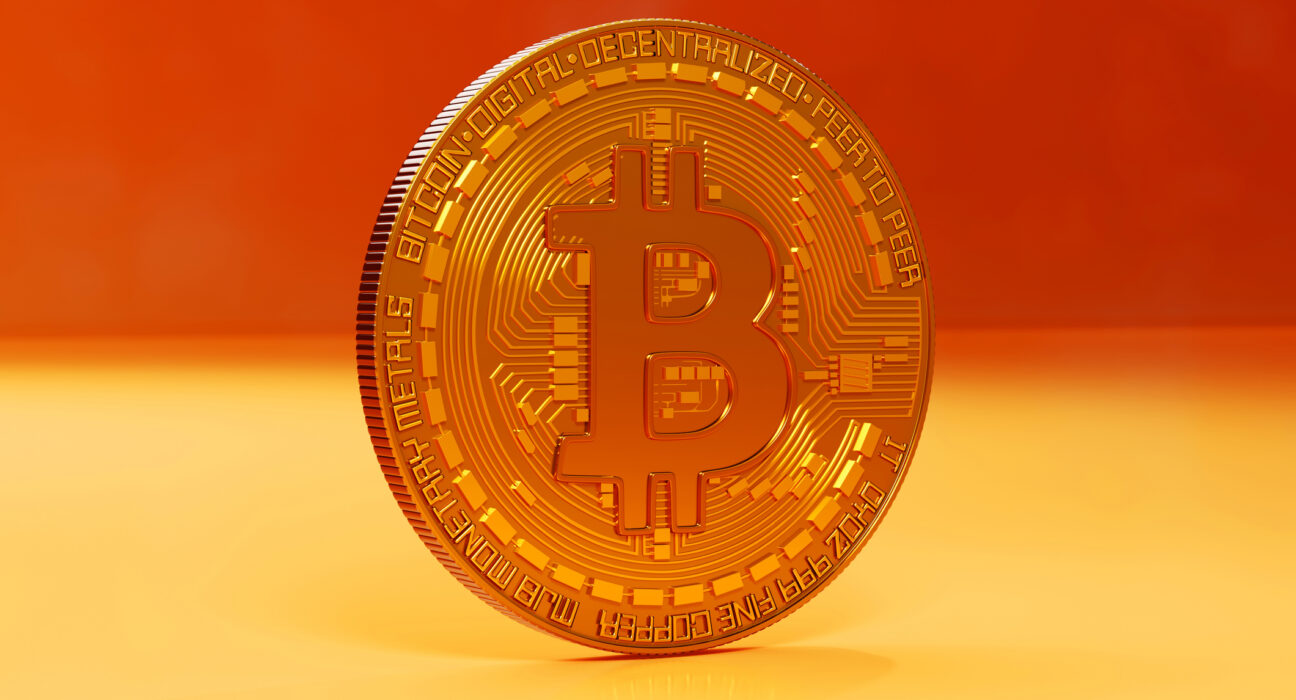One exciting new idea is ‘gasless transactions.’ If you’re not familiar with blockchain terms, this might sound complicated, but it’s actually a simple concept that is changing the way we use decentralized apps (dApps).
In short, gasless transactions make it easier and more affordable for people to use dApps. This could have a big impact on how we interact with these apps and make them more accessible to everyone.
Users pay for this computational effort in small fractions of the blockchain’s native cryptocurrency (e.g., Ether on Ethereum). These fees can fluctuate based on network congestion, often becoming a barrier for users, especially those engaging with dApps frequently or those in regions where cryptocurrency is less accessible.
Gasless transactions eliminate the need for users to pay these fees directly. Instead, the transaction cost is covered by a third party, which could be the dApp developers, a sponsoring organization, or other mechanisms. This approach not only reduces the friction for users but also opens up blockchain technology to a broader audience.
How Do Gasless Transactions Work?
The mechanics behind gasless transactions involve the use of meta-transactions. In a blockchain transaction, the user signs and submits the transaction, paying the gas fee in the process. With meta-transactions, the user signs a transaction that is then submitted to the blockchain by a relayer. The relayer covers the gas fee on behalf of the user.
Here’s a simplified step-by-step process:
- User Action: The user initiates an action on the dApp and signs the transaction with their private key.
- Meta-Transaction Creation: Instead of sending the transaction directly to the blockchain, it is sent to a relayer.
- Relayer Submission: The relayer processes the transaction, paying the necessary gas fees, and submits it to the blockchain.
- Transaction Execution: The blockchain executes the transaction, and the desired outcome (e.g., a token transfer, smart contract interaction) is achieved without the user needing to hold or spend the native cryptocurrency for gas.
Benefits of Gasless Transactions
- User Experience: By removing the need for users to hold and manage cryptocurrency solely for transaction fees, gasless transactions vastly improve the user experience. This is especially beneficial for attracting non-crypto-savvy users to dApps.
- Accessibility: Gas fees can be a significant barrier for users in regions with limited access to cryptocurrencies. Gasless transactions make blockchain technology more inclusive and accessible.
- Adoption: Lowering the entry barriers can drive higher adoption rates for dApps and blockchain-based services, fostering a more extensive and diverse user base.
- Seamless Integration: dApp developers can integrate gasless transactions into their platforms to enhance user engagement and retention, offering a seamless and frictionless experience.
Challenges and Considerations
While gasless transactions offer numerous benefits, they also present some challenges:
- Sustainability: Relayers or sponsors need to cover the gas fees, which could become unsustainable if not managed properly. Various models, such as ad-supported or subscription-based services, are being explored to address this issue.
- Security: Ensuring the security of meta-transactions is crucial. Robust mechanisms must be in place to prevent abuse or exploitation by malicious actors.
- Complexity: Implementing gasless transactions adds a layer of complexity to the dApp development process. Developers need to consider the trade-offs between user experience and the technical challenges involved.
Conclusion
Gasless transactions represent a significant step forward in making blockchain technology more user-friendly and accessible. By alleviating the burden of gas fees, they remove a critical barrier to entry, enabling a more inclusive and widespread adoption of decentralized applications. As the technology and its supporting ecosystems continue to evolve, gasless transactions could become a standard feature, helping to drive the next wave of innovation in the blockchain space.














Leave feedback about this